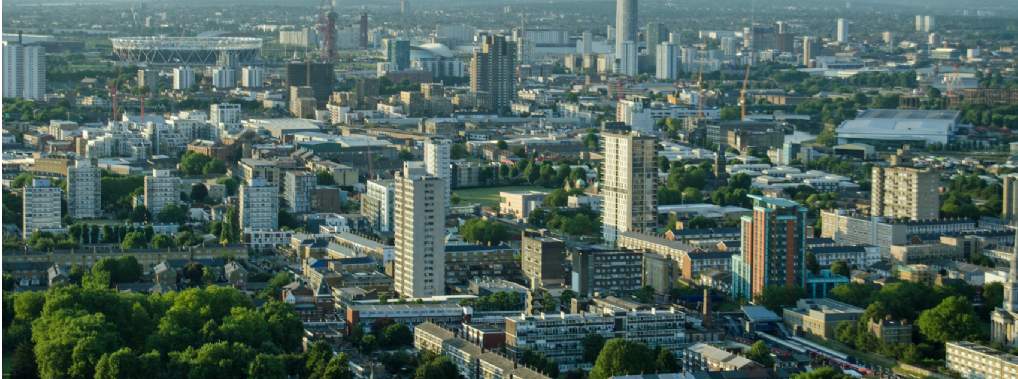When it comes to tackling London’s housing crisis it’s clear we need not only more homes, but more homes that more people can afford.
We calculate that 70 per cent of demand for buying and renting in the capital is focused on affordable housing and schemes for social rent as well as property at the lower end of the mainstream market where prices are sub £570 per sq ft – that’s around £285,000 for a typical one-bedroom flat.
Yet only 30 per cent of forecast completions between now and 2024 are expected to fit that criteria. This shortfall presents opportunities for developers – but where to build?
Our analysis of the Eastern Corridor, which stretches from Stratford to Havering, shows that with new build values below that figure in large parts of Barking and Dagenham and town centres such as Ilford and Romford, there is significant scope for future development. Clearly East London offers the potential to deliver new homes at the price that’s needed most and, once game-changing Crossrail is fully up and running, increased connectivity will signal huge demand.
It’s impossible to predict exactly what toll coronavirus will take on future development but, pre-lockdown, we identified more than 350 development sites that we expect to be selling private homes in the next five years along the Eastern Corridor, estimated to account for 31 per cent of London’s entire supply.
20 per cent of that is concentrated in Newham and Tower Hamlets alone, with just five per cent in Havering, Redbridge and Waltham Forest combined. Development in these three boroughs is constrained by the green belt which totals more than 9,000 hectares across the corridor as a whole.
Although mayor Sadiq Khan has rejected a strategic reappraisal of the green belt as part of the next London Plan review, releasing poor quality stretches and land close to stations could help unlock housing delivery.
That said, there are significant brownfield sites where retail space or industrial space can be repurposed to become residential led. Developers have the solutions, it’s a question of them being able to make these schemes viable with ever increasing s106 obligations and what is now a challenging sales market. We hope Local Planning Authorities (LPAs) will be more flexible on uses to assist viability and the Government will come forward with more stimulus in this sector primarily through grant funding schemes though a stamp duty holiday would not go amiss too.
Further information
Read more: London Development: Eastern Corridor









.jpg)
.jpg)